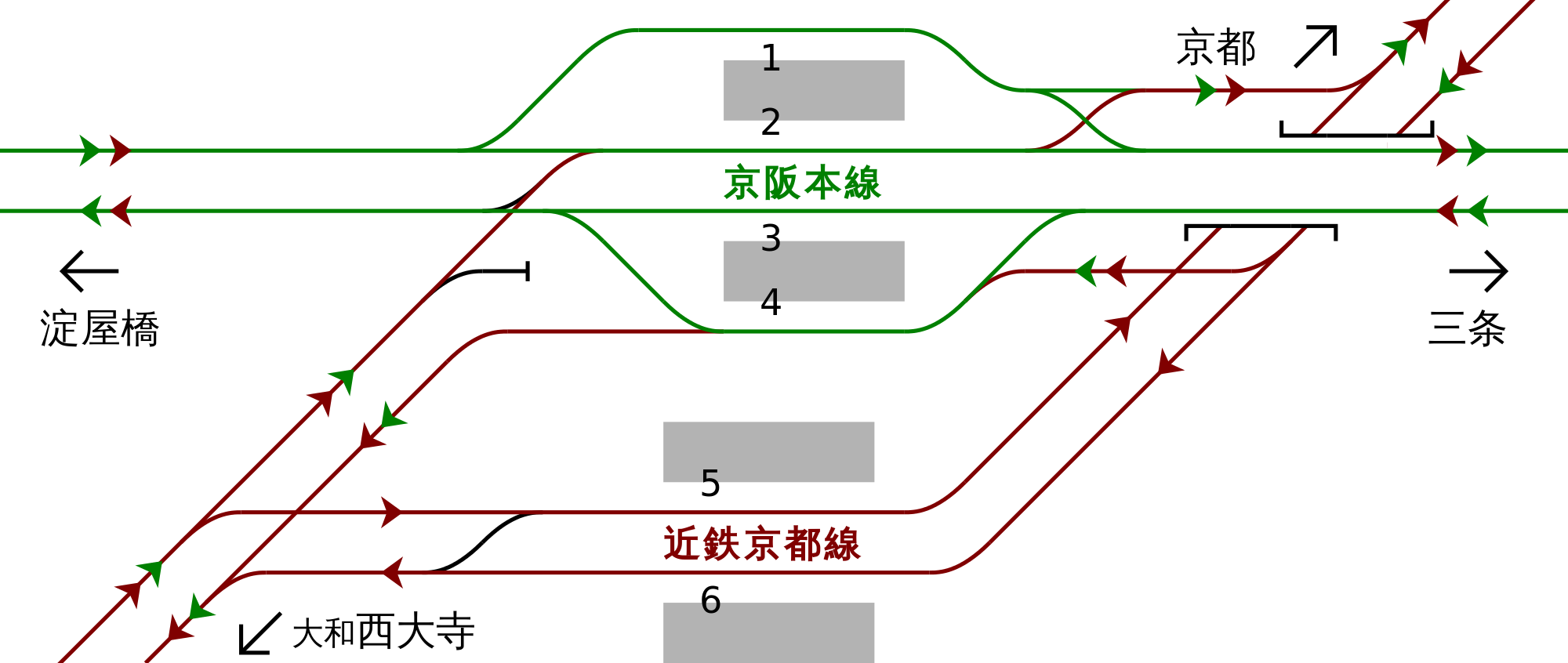Why Group Challenges Lift Team Spirits

본문
When the calendar flags a looming deadline or milestone, energy at work can change from creative enthusiasm to a calm, focused determination.
Such a shift is natural, but it can also generate feelings of isolation among team members.
Group challenges—structured, collaborative activities driving a team toward a common goal—provide a powerful antidote.
They bring people together, strengthen bonds, and leave a lasting morale boost that permeates daily work.
What Are Group Challenges?
A group challenge is any activity built around a shared objective that calls for teamwork, communication, and often a dash of friendly competition.
It can range from a weekly fitness sprint, trivia quiz, to a community service project.
It may be a corporate wellness program, a hackathon, or a quarterly sales goal split into smaller team tasks.
The key elements are:
A clear, quantifiable goal
Collective responsibility among team members
Regular checkpoints or updates
A touch of fun or novelty
What Makes Them Effective?
They Establish Shared Purpose
When everyone is working toward the same target, individual priorities sync with the collective mission.
The feeling of "we’re in this together" becomes a powerful motivator.
Even in a high‑pressure environment, knowing teammates share the load can ease anxiety and promote collaboration.
They Promote Visibility and Recognition
As the team progresses, achievements become visible to everyone.
Small wins—finishing a sprint, scoring a goal, or hitting a milestone—are celebrated together.
This visibility turns quiet contributions into public recognition, a major driver of job satisfaction.
They Foster Communication and Trust
Group challenges compel people to talk, negotiate, and debrief.
Even the simple act of sharing a daily update keeps communication lines open.
Over time, these interactions build trust, since team members see each other’s reliability in real‑time situations.
They Ignite Friendly Competition
A light competitive element—whether against another team or against past performance—can energize a group.
Competition is most effective when healthy: it pushes people to improve without breeding resentment.
Group challenges create a safe arena where stakes are shared, thereby distributing pressure.
They Offer Learning Opportunities
Challenges reveal gaps in skills or knowledge in a low‑risk environment.
When a team stumbles on a task, the group can collectively troubleshoot, learn new approaches, and come out stronger.
This continuous improvement cycle is essential for long‑term productivity.
They Deliver a Break From Routine
Daily task monotony can sap enthusiasm.
A group challenge introduces novelty, variety, and a sense of play.
Even a short, 15‑minute "brain‑storm bingo" can re‑energize a meeting and spark fresh ideas.
How to Implement Group Challenges Effectively
Weekly "Power‑Hour" Objectives
Pick a skill or process improvement—like reducing email response time by 20%—and have the team track progress over a week.
Reward the winner with a small prize or public shout‑out.
Monthly Fitness or Wellness Challenges
Set a collective step count or minutes of activity.
Use a shared app so everyone can see real‑time standings.
Add a charity component to blend purpose with wellness.
Quarterly Hackathons or Innovation Days
Grant teams a day to prototype solutions addressing a business pain point.
The challenge promotes cross‑functional collaboration and frequently yields actionable insights.
Community Service Initiatives
Challenge the company to volunteer a certain number of hours each month.
The team will coordinate logistics, and the shared impact reinforces company values.
Gamified Learning Challenges
Turn training into a challenge where employees earn badges for completing modules or solving puzzles.
Leaderboards can stimulate engagement while reinforcing knowledge acquisition.
"Show and Tell" Ideation Sessions
Allocate a slot each month where team members present a new idea, tool, or process improvement.
Peer voting determines the most promising proposal, fostering a culture of continuous innovation.
Evaluating Success
To ensure group challenges are effective, track:
Engagement rates
Achievement of challenge goals
Feedback scores (pre‑and post‑challenge)
Effect on key performance indicators (e.g., sales, customer satisfaction)
The data will aid in refining future challenges, concentrating on what resonates most with your team.
Potential Pitfalls to Avoid
Over‑competition
Keep the tone light; if competition turns into conflict, the challenge will backfire.
Unequal Effort
Ensure tasks are distributed equitably. If one person carries the weight, morale can drop.
Unrelatedness
Challenges must align with business objectives. Virtual exercises that feel disconnected from daily work can feel like a waste of time.
Overlooking Feedback
Regularly ask participants what works and what doesn’t. A challenge that feels forced will lose its effectiveness.
Closing Thought
Group challenges are more than morale boosters; they’re a strategic tool that aligns people, processes, and purpose.
When implemented thoughtfully, 大阪 街コン they transform isolated work into collaborative triumphs, making the workplace not just productive but also a place where people look forward to contributing.
By turning everyday work into shared adventures, teams realize they’re not only meeting goals but also enjoying the journey.


댓글목록0